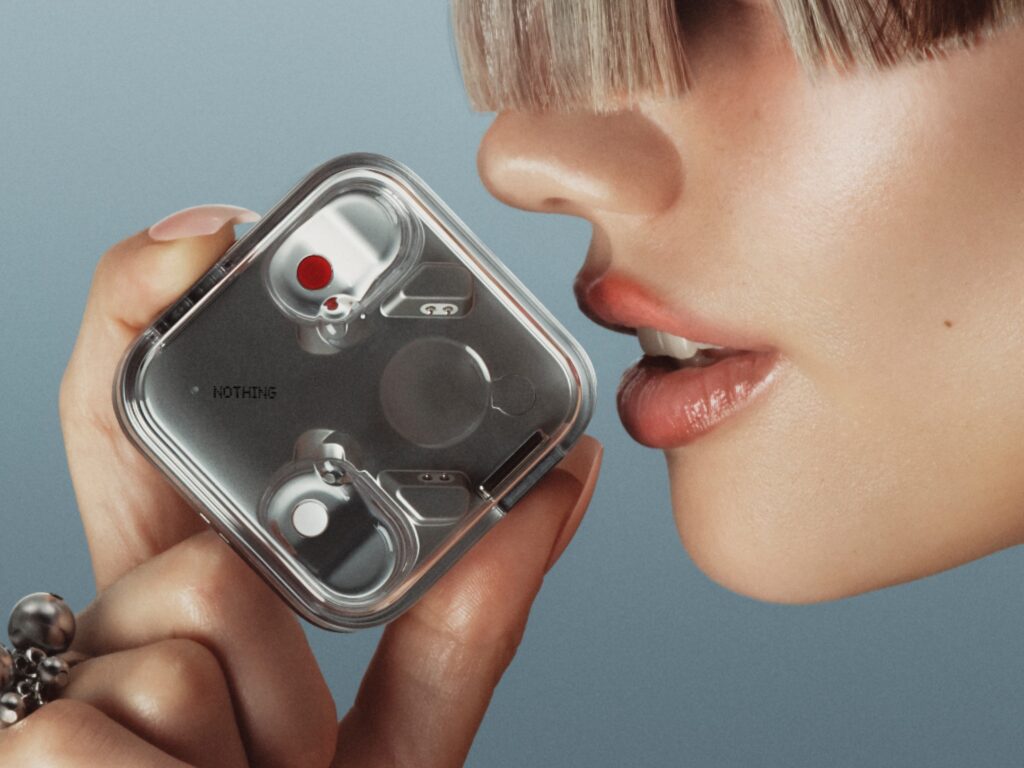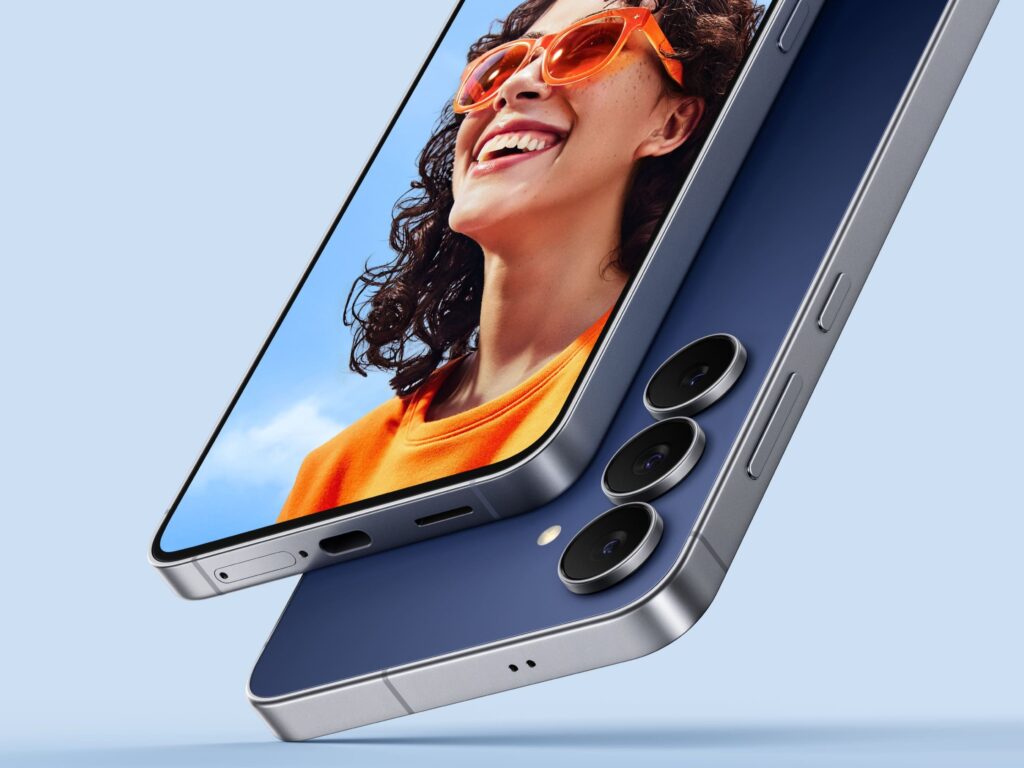How Battery Shipping Laws Are Holding Back Smartphones in the US and Europe
In Malaysia and many parts of Asia, phones with 6,000 mAh or even 7,000 mAh batteries are becoming more common. But in the US and Europe, flagship smartphones still routinely ship with around 5,000 mAh. This isn’t a matter of engineering limitations. It’s the result of outdated shipping regulations that discourage larger batteries in Western markets. This is based on detailed findings from well-known smartphone tipster @UniverseIce, who recently highlighted how global logistics laws, specifically the 20 Wh rule, are shaping the hardware choices of top brands. If you’ve ever wondered why some phones in Asia offer longer battery life than their global counterparts, this will connect the dots.
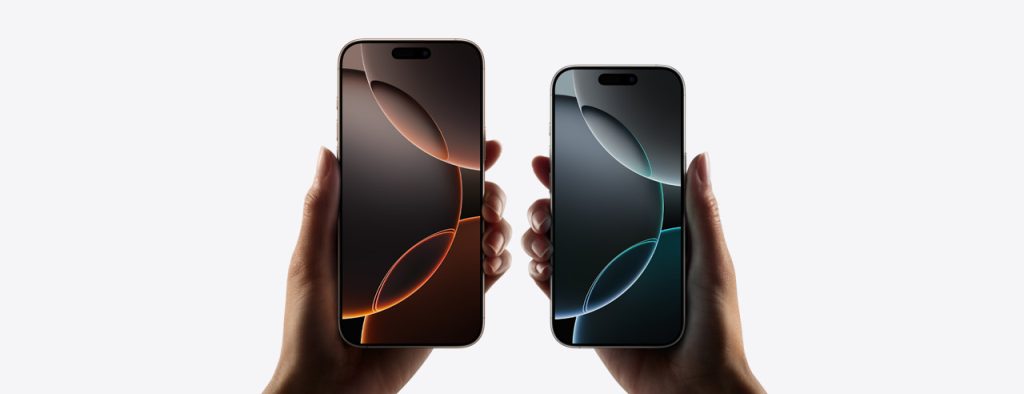
The 20 Wh Threshold: A Hidden Barrier
According to @UniverseIce, lithium-ion batteries in the United States and European Union are capped in practice due to a shipping law that classifies anything over 20 watt-hours (Wh) as hazardous material. Specifically, US regulation 49 CFR 173.185 treats these batteries as Class 9 dangerous goods, triggering a wave of extra costs, paperwork, and restrictions for air freight. The EU has equivalent policies.
This is why most brands design batteries for their smartphones to stay just under that 20 Wh cap. A typical 5,000 mAh battery at 3.8V lands around 19 Wh, right below the threshold. Going bigger means dealing with hazmat shipping, which is a dealbreaker for global-scale distribution.
Why Phones Sold in Asia Get Bigger Batteries
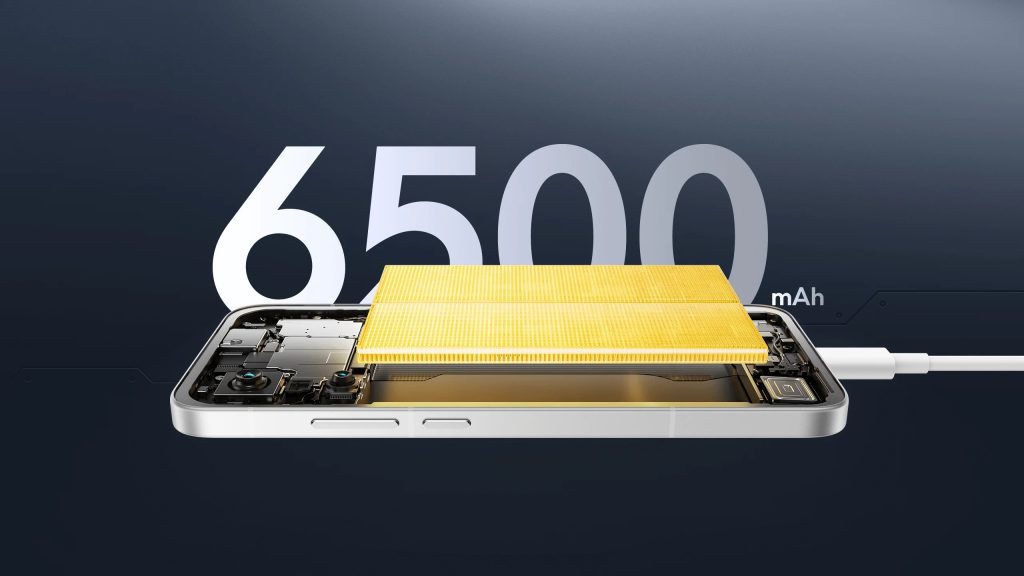
These constraints aren’t enforced the same way in Asia. In countries like Malaysia, China, and India, smartphones are often sold with significantly larger batteries, sometimes up to 6,000 or even 7,000 mAh, because the logistics restrictions are more lenient or easier to manage domestically.
As pointed out by @UniverseIce, many smartphones launched in China include larger batteries that are deliberately downgraded for export. For example, the flagship Xiaomi 15 Ultra ships with a 6,000 mAh battery in China, but the German version only gets 5,410 mAh. The Vivo X200 Pro follows the same pattern, with a battery trimmed down from 6,000 mAh to around 5,200 mAh for the EU. Even the Galaxy S26 Ultra, which is still in development, is expected to maintain a global battery limit near 5,000 mAh, despite the hardware having room for more.
Why Big Brands Don’t Push Past 5,000 mAh in the West
Flagship brands like Apple, Samsung, and Google ship millions of smartphones globally. For them, triggering hazardous battery classification would complicate the entire supply chain, delays, shipping costs, airport handling, and even customs. That’s why they cap their battery sizes year after year, even as processors, displays, and AI features demand more power.
It’s not that Apple can’t make an iPhone with 6,000 mAh. It’s that doing so would violate the current shipping ceiling, requiring them to either redesign their logistics pipeline or sell two different versions of the same phone worldwide, something they’ve historically avoided.
The Engineering Loophole: Dual-Cell Batteries
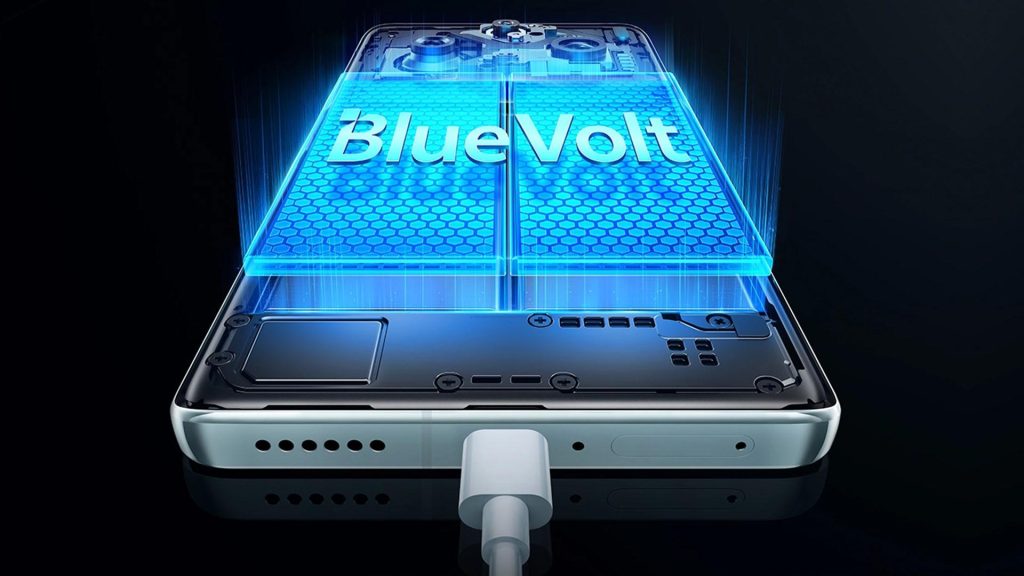
One way manufacturers are getting around the 20 Wh cap is by using dual-cell battery systems. These split the battery into two smaller cells that each fall under the hazardous threshold. When combined inside the phone, they can still deliver 6,000 mAh or more.
@UniverseIce notes that the upcoming OnePlus 13 is expected to use this method, packing two 3,000 mAh cells instead of a single larger one. This tactic is already used in some gaming phones like the ROG Phone series and helps push beyond regulatory limits without triggering hazmat handling.
However, this approach has trade-offs: more complex circuitry, tighter thermal management, and higher production costs. It’s clever engineering, but not something all brands are ready to adopt at scale.
What Happens Next: 2026 and Beyond
@UniverseIce also points to a growing trend in China: smartphones with 7,000 to 9,000 mAh batteries are expected to hit the market as early as 2026. These won’t be shipping to the US or EU anytime soon, not unless regulations change or manufacturers invest heavily in workarounds.
If you’re in Asia, you might start seeing smartphones that comfortably last two days on a charge. But in Western markets, the 5,000 mAh cap will likely persist unless shipping laws are modernised or companies widely adopt dual-cell battery designs.
Geography Determines Your Battery Life
This whole thing highlights a strange but important truth: the battery in your phone is shaped less by what’s technologically possible and more by what’s legally allowed. If you’re in Malaysia, odds are you’re already benefiting from fewer restrictions. You get bigger batteries, longer life, and fewer compromises.
But if you were living in the US or EU, that same phone would likely come with a smaller battery, not because it has to, but because it’s easier to ship that way. Until battery regulations catch up with modern safety standards, Western flagship smartphones will continue to bump their heads against an invisible 20 Wh ceiling.


